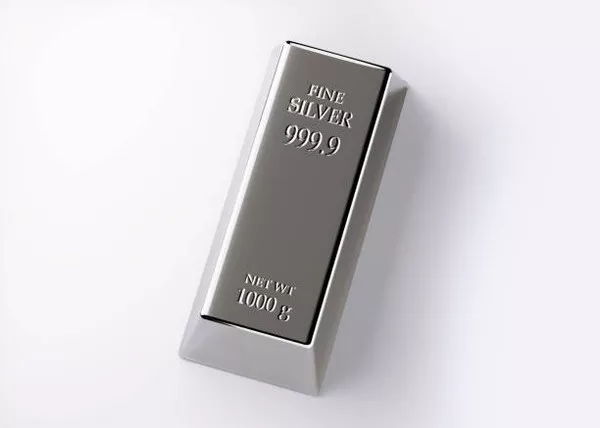Silver, often referred to as the “poor man’s gold,” has long been a precious metal with a rich history of use in various industries and as a store of value. Investors and analysts alike have kept a keen eye on silver prices, speculating on how high silver prices could potentially go. In this article, we will delve into the factors influencing silver prices and attempt to forecast how high silver can climb in the current economic landscape.
Historical Perspective:
To understand the potential trajectory of silver prices, it’s essential to examine the historical context. Silver has been valued for centuries due to its unique properties, making it indispensable in various applications such as jewelry, electronics, and medical devices. Traditionally, silver prices have exhibited volatility, often influenced by economic factors, geopolitical events, and currency movements.
In recent years, silver has gained attention not only for its industrial uses but also as a hedge against inflation and economic uncertainty. The metal’s correlation with gold, often considered a safe-haven asset, has contributed to its attractiveness among investors seeking to diversify their portfolios.
Key Drivers of Silver Prices:
Industrial Demand: Approximately 50% of silver’s annual consumption is attributed to industrial applications. Its excellent conductivity and reflective properties make it crucial in the production of electronics, solar panels, and medical devices. As global industries continue to advance, the demand for silver in these sectors is expected to grow, providing a fundamental support for higher silver prices.
Investment Demand: Silver has long been considered a store of value and a hedge against inflation. Investors often turn to precious metals, including silver, during times of economic uncertainty. The demand for physical silver in the form of coins and bars, as well as exchange-traded products (ETPs), can influence prices. A sustained increase in investment demand could propel silver prices higher.
Monetary Policy and Inflation: The correlation between silver prices and monetary policy is a crucial factor. Central banks’ decisions regarding interest rates and money supply can impact the perceived value of currencies and, consequently, precious metals. In times of inflation, investors may flock to silver as a safeguard against the eroding value of fiat currencies.
Geopolitical Events: Political instability, trade tensions, and geopolitical conflicts can create waves of uncertainty in financial markets. Precious metals like silver often experience increased demand during such periods as investors seek refuge in assets perceived as safer stores of value.
Gold-to-Silver Ratio: The gold-to-silver ratio, which represents the number of ounces of silver needed to buy one ounce of gold, is closely monitored by investors. Historically, this ratio has fluctuated, and extreme values may indicate potential buying opportunities. If the ratio were to revert to historical norms, it could suggest an upside potential for silver prices.
Potential Challenges:
While the factors mentioned above may contribute to upward pressure on silver prices, it’s important to consider potential challenges that could temper its ascent.
Volatility and Market Sentiment: Precious metal markets are susceptible to sudden shifts in sentiment. While silver prices may be influenced by fundamentals, short-term fluctuations driven by market sentiment, speculation, or algorithmic trading can create volatility.
Economic Slowdown: A global economic slowdown or recession could dampen industrial demand for silver, affecting its price. Industries that heavily rely on silver, such as electronics and automotive, may experience reduced production, impacting the overall demand for the metal.
Technological Advancements: The emergence of alternative materials and technological advancements that reduce the reliance on silver in certain industries could pose a challenge to its demand and, consequently, its price.
See Also Does Silver Do Well In A Recession
Conclusion:
In conclusion, predicting the exact trajectory of silver prices involves navigating a complex interplay of economic, geopolitical, and market factors. While silver has historically demonstrated its resilience as a precious metal with diverse applications, potential challenges must be acknowledged.
The current economic landscape, characterized by inflation concerns, geopolitical tensions, and a renewed interest in precious metals, suggests a positive outlook for silver prices. However, investors should approach the market with caution, considering both the upside potential and inherent risks associated with silver investments.
As with any investment, thorough research, risk assessment, and a diversified portfolio strategy are essential components of making informed decisions. While it’s challenging to pinpoint an exact figure for how high silver can go, a combination of favorable factors suggests that silver may continue to shine in the eyes of investors seeking both stability and potential returns.


